Basic Textile Knowledge (1): Yarn, Weaving, and Fabric
"Textile" refers to "spinning" and "weaving", but this is a narrow definition inherited from history, because ancient productivity was backward, and most of them were family style workshops, spinning and weaving their own fabrics;
The broad definition of "modern textile" includes "spinning", "weaving", "dyeing", "printing", "embroidery", "finishing", among which "finishing" includes a series of diverse processes such as "coating", "film sticking", "hot stamping", "calendering", "embossing", "composite", etc., which also marks the advanced productivity level of modern textile industry;
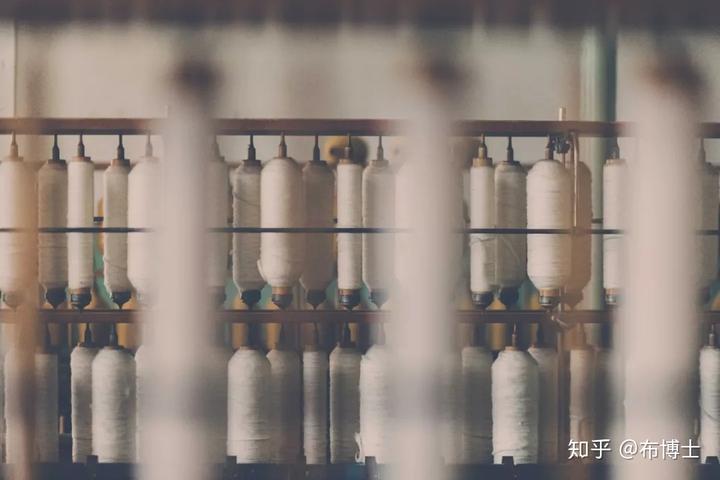
Yarn
01 Classification
It can be divided into two categories based on different sources:
Natural fibers
Fibers directly extracted from natural plant or animal tissues, such as cotton, kapok, hemp, flax, ramie, sisal, coconut shell, wool, rabbit hair, mare's hair, alpaca hair, mulberry silk, oak silk
Chemical fibers
Chemical fiber, abbreviated as chemical fiber, is a fiber made from natural or synthetic polymers through chemical methods and mechanical processing.
Regenerated fibers: fibers that dissolve cellulose from natural plants and are then spun, such as viscose fibers, acetate fibers, Lyocell, modal, copper ammonia fibers, soybean fibers, corn fibers
Understanding Regenerated Cellulose Fibers Several Common Regenerated Cellulose Fibers
Synthetic fiber: It is made from natural low molecular weight compounds such as coal, petroleum, and some agricultural and sideline products as raw materials. After being made into monomers, it is chemically polymerized or condensed into high polymers, and then made into textile fibers.
02 Common indicators
1. Metric support (Nm) (fixed weight system)
The metric count refers to the length in meters of 1g fiber or yarn at a specified moisture regain, measured in metric units. The larger the value, the finer the yarn. The metric count is mainly used for woolen and fancy yarns.
2. Number of Imperial Branches (Ne/S) (Fixed Weight System)
The British count refers to the multiple of 840 yards per pound of yarn when the moisture regain is determined by the standard. The imperial count is a fixed weight system, so the larger the count, the finer the yarn.
3. Danielle (D) (fixed length system)
Size refers to the weight in grams of a 9000 meter long fiber or yarn, measured in deniers, abbreviated as deniers. Commonly used in chemical fibers and silk. The larger the value, the thicker the fiber or yarn.
4. Tex (fixed length system)
Tex refers to the weight in grams of a 1000 meter long fiber or yarn at a predetermined moisture regain. The higher the Tex value, the thicker the fiber or yarn.
Unit conversion
Conversion of tex and metric branch count (N):
Tex × N=1000
Conversion of tex and Daniel:
D=9tex
Conversion between tex and English count (S-cotton yarn):
Tex × S=K
(K value: pure cotton yarn K=583.1, purified fiber K=590.5, polyester cotton yarn K=587.6, cotton viscose yarn (75:25) K=584.8, and vitamin cotton yarn (50:50) K=587.0)
Conversion of Daniels (D) and Imperial Branches (S):
D × S=5315
Conversion of Daniels (D) and metric branches (N):
D × N=9000
Weaving
1. Weaving process diagram of woven fabric:
Inspection of whole warp, sizing yarn, parallel axis, threading, warp and weft, and weaving of grey fabric using a warp knitting machine
(Some fabrics require twisting of the yarn, and before weaving, the yarn needs to be twisted on a double twisting machine.)
2. Weaving process diagram of knitted fabric:
a. Editor:
Whole warp sizing yarn, upper yarn blending machine, weaving (warp knitting machine), and fabric inspection
b. Weft knitting:
Inspection of raw fabrics for pouring (or flipping) yarn, adjusting machines, weaving (circular or flat machines), and weaving
Common machinery and equipment in weaving factories:
1. Warping machine: It is a device used to neatly roll discs of yarn onto a large drum.
2. Sizing machine: It is used to size the whole yarn to prevent it from being worn out during the weaving process.
3. Spinning machine: It is used to combine yarn from several rolls into one roll to achieve the required number of warp yarns.
4. Double twist machine: a machine that twists yarn. If twisted clockwise, it is called "S" twist, and counterclockwise is called "Z" twist.
5. Rapier loom: A loom that uses reciprocating sword shaped forks to guide weft yarn into the shed. Rapier looms have a lower yield and the advantage is that they can be used to weave ultra wide fabrics, multi colored or coarse weft fabrics.
6. Water jet loom: A shuttleless loom that uses a jet of water to pull the weft yarn through the shed, with fast speed and high output.
7. Jet loom: A shuttleless loom that uses a jet of air to pull the weft yarn through the shed. It has a higher speed and better flatness than a water jet loom, but the weaving cost is also high.
Learn more about weaving machines and the differences between rapier looms, jet looms, and their fabrics
What is known about shuttleless looms - jet looms
8. Warp knitting machine: a knitting machine used to weave warp knitted fabrics.
9. Circular weft knitting machine: a circular machine used for weaving weft knitted fabrics.
10. Weft knitting machine: a long machine used for weaving weft knitted fabrics.
Fabric
01 Classification
Classify according to different processing methods
(1) Machine woven fabric: a fabric made up of yarns arranged perpendicular to each other, horizontally and vertically, interwoven on a loom according to certain rules. There are denim, woven brocade, board silk, hemp yarn, etc.
Learn more about woven fabrics. About "woven fabrics"
(2) Knitted fabric: a fabric formed by weaving yarn into loops, divided into weft knitting and warp knitting. a. Weft knitted fabrics are made by feeding the weft into the working needles of a knitting machine in the weft direction, so that the yarns are sequentially bent into loops and threaded together. b. Warp knitted fabric is made by using one or several sets of parallel arranged yarns, which are fed into all working needles of the knitting machine in the warp direction, and then looped together.
Learn more about knitted fabrics. How to distinguish between knitted fabrics and woven fabrics?
(3) Non woven fabric: made by bonding or stitching loose fibers together. Currently, two main methods are used: adhesive and puncture. This processing method can greatly simplify the process, reduce costs, improve labor productivity, and has broad development prospects.
Learn more about non-woven fabrics. Who says that fabric must be woven?
Classification by yarn raw materials that make up the fabric
(1) Pure textile: The raw materials that make up the fabric are all made of the same fiber, including cotton fabric, wool fabric, silk fabric, polyester fabric, etc.
(2) Blended fabric: The raw materials used to make a fabric are two or more different types of fibers, which are blended into yarn. There are blended fabrics such as polyester viscose, polyester nitrile, and polyester cotton.
(3) Blended fabric: The raw materials used to form the fabric are single yarns made from two types of fibers, which are combined to form a ply. There are low elastic polyester filament and medium length mixed together, as well as polyester short fibers and low elastic polyester filament mixed together to form a ply.
(4) Interwoven fabric: The two directional systems that make up the fabric are made of different fiber yarns, such as antique satin interwoven with silk and artificial silk, and Nifu spinning interwoven with nylon and artificial cotton.
Classification based on whether the fabric materials are dyed or not
(1) White fabric: a fabric made by processing raw materials that have not been bleached or dyed, also known as raw fabric in silk weaving.
(2) Colored fabric: a fabric made by processing raw materials or fancy threads after bleaching and dyeing, and silk weaving is also known as finished fabric.
Classification of novel fabrics
(1) Adhesive fabric: It is made by bonding two pieces of fabric that are back-to-back with each other. Adhesive fabrics such as organic fabrics, knitted fabrics, non-woven fabrics, vinyl plastic films, etc. can also be combined in different ways.
(2) Flocking processing fabric: The fabric is covered with short and dense fiber fluff, with a velvet style, and can be used as clothing and decorative materials.
(3) Foamed plastic laminated fabric: Foamed plastic is adhered to the woven fabric or knitted fabric used as the base cloth, mostly used as cold proof clothing.
(4) Coated fabric: It is made by coating the base fabric of woven or knitted fabrics with polyvinyl chloride (PVC), chloroprene rubber, etc., and has superior waterproof function.
The Basic Organizational Structure of 02 Woven Fabric
Plain weave: a weave formed by interweaving warp and weft yarns from top to bottom:
Common plain weave fabrics
Cotton fabric varieties: plain cloth, poplin;
Varieties of woolen fabrics: Valentine, Paris, thin tweed;
Varieties of silk fabrics: electrospun, georgette, taffeta, and double crepe;
Varieties of linen fabrics: summer cloth, linen cloth;
Varieties of chemical fiber fabrics: human cotton fabric (viscose plain fabric), polyester spinning, etc.
■ ■ ■ ■ ■ ■
Twill weave: A continuous diagonal weave formed by warp (or weft) points is called a twill weave.
According to the direction of the pattern, the one pointing from bottom left to top right is the right diagonal pattern ↗ Represent; The diagonal pattern pointing from bottom right to top left is the left diagonal pattern ↖ Represent.
Common twill fabrics
Cotton fabrics: twill, khaki, denim;
Woolen fabrics: serge, gabardine, what flavor, uniforms;
Silk fabrics: pure silk twill, beautiful silk, etc.
■ ■ ■ ■ ■ ■
Satin weave: The interweaving of warp and weft occurs only once every four or more yarns, and these interweaving points are separate, discontinuous, and evenly distributed within a weaving cycle. The surface of the fabric has long floating lines in the warp or weft direction
Common satin fabrics
Woolen fabric: formal dress.
Cotton fabrics: horizontal satin and straight satin.
Silk fabrics: plain crepe satin, woven brocade satin, soft satin.
■ ■ ■ ■ ■ ■


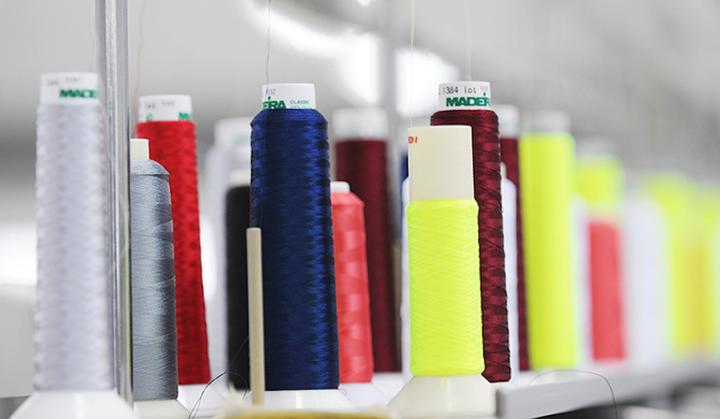
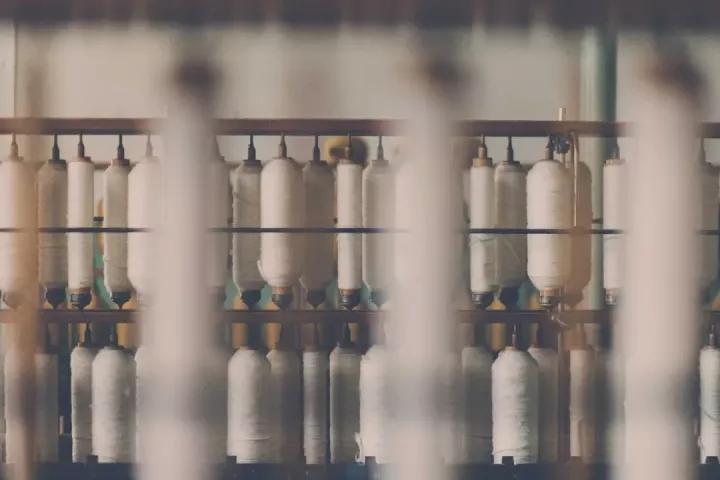
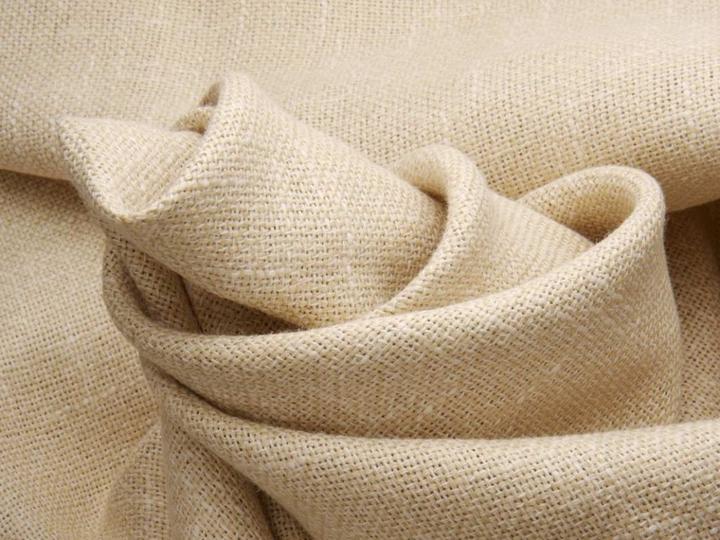
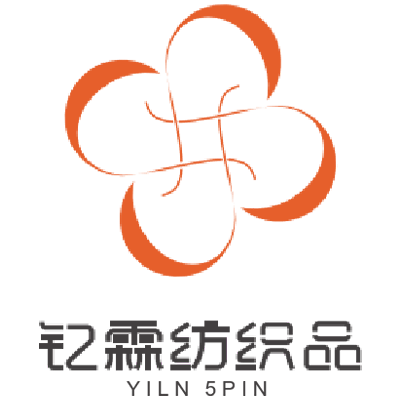




Please first Loginlater ~